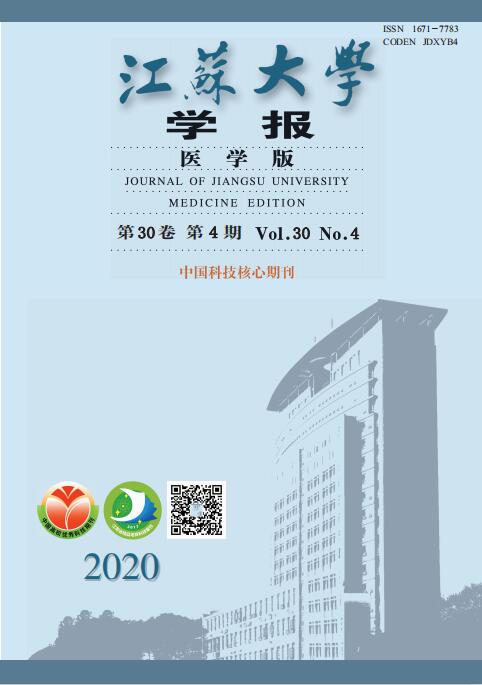ZOU Yuan-zhang, HE Yi-chen, CHEN Bing-hai
2020, 30(04): 312-319.
Objective: To investigate the expression and clinical significance of pseudogenes and long non-coding RNAs (lncRNAs) in the plasma of patients with renal clear cell carcinoma (RCC). Methods: Plasma samples were collected from 50 patients with RCC and 26 healthy subjects. qRT-PCR assay was used to detect the expression level of pseudogenes and lncRNAs in the plasma samples.The relationship between differentially expressed pseudogenes and lncRNAs and the prognosis of patients was analyzed based on cBioPortal, GEPIA, oncolnc, UALCAN, and Kaplan-Meier plotter databases. Target genes were up-regulated by MPH-dCase9-mediated transcription regulation in RCC cell line 786-O. Then their expression levels were validated by qRT-PCR, and CCK-8 assay was performed to measure the cell proliferation activity after the up-regulation of target genes. StarBase database was used to predict the miRNA targets of the target genes and analyze their expression in RCC. The relationship between miRNA targets and the prognosis of patients was analyzed in the KaplanMeier plotter database. Results: The expression levels of pseudogene PLEKHA8P1, CXCR2P1, KLRAP1, FER1L4, PDXDC2P and lncRNA TLX1NB, DIO3OS in the plasma of patients with RCC were obviously higher than that of healthy subjects, while the expression of LINC00482 displayed the opposite result. Pseudogenes PLEKHA8P1, CXCR2P1, FER1L4, and lncRNA TLX1NB, LINC00482 as well as DIO3OS were mutated at different frequencies in RCC and were relevant to the overall survival of patients. Among them, CXCR2P1, FER1L4, and TLX1NB were also related to the disease-free survival of patients. In addition, high expression of PLEKHA8P1, KLRAP1, PDXDC2P, FER1L4, and DIO3OS were associated with poor prognosis of RCC patients, while the expression of LINC00482 was no significance in overall survival. In addition low expression of TLX1NB was related to poor prognosis, which was contrary to the expectation. Analysis of RCC samples from TCGA database demonstrated that FER1L4 and DIO3OS were high expression in RCC tissues when compared with normal tissues. The results of in vitro experiment indicated that FER1L4 and DIO3OS up-regulation could promote the proliferation of 786-O cells. We identified 24 and 13 predicted miRNA targets for FER1L4 and DIO3OS from StarBase database, respectively. Of which the expression of hsa-miR-556-5p and hsa-miR-660-5p were negatively correlated with FER1L4 and DIO3OS, respectively. Additionally, they were also associated with poor prognosis of patients with RCC. Conclusion: The pseudogene PLEKHA8P1, CXCR2P1, KLRAP1, FER1L4, PDXDC2P and lncRNA DIO3OS may serve as potential biological indicators for early diagnosis and prognosis of RCC, of which FER1L4 and DIO3OS may be involved in the development of RCC via regulating hsa-miR-556-5p and hsa-miR-660-5p.
